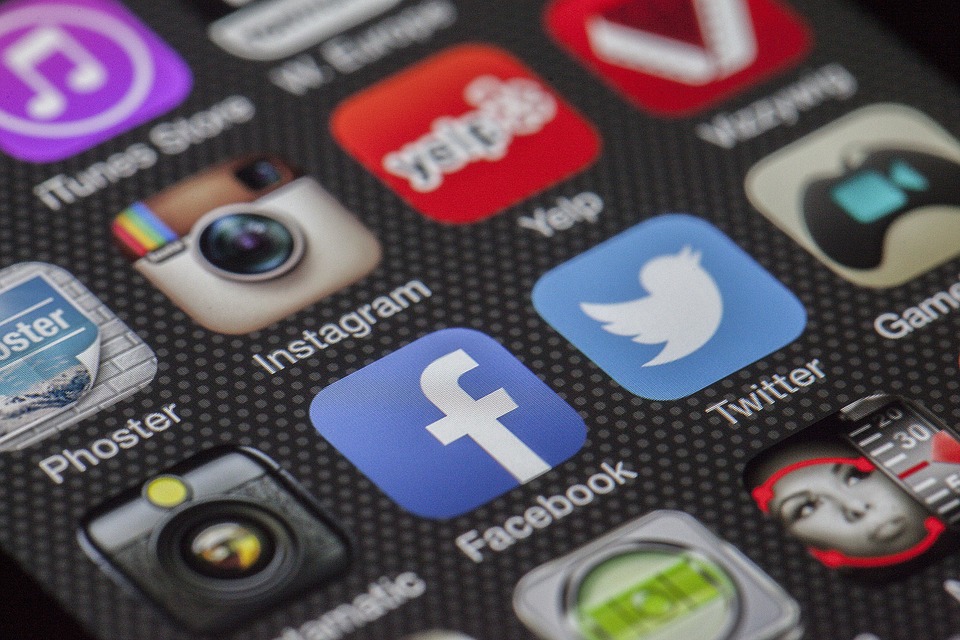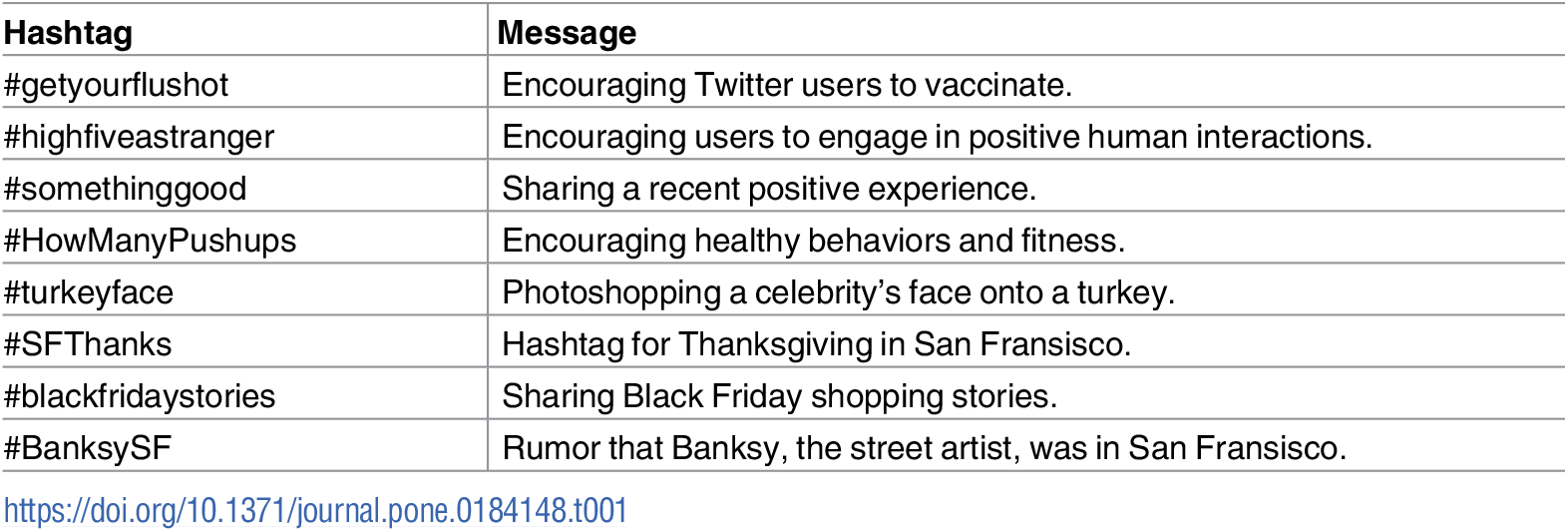
Written by Heather Hamilton, contributing writer
A new study by USC Information Sciences Institute computer scientist and research assistant professor at the USC Viterbi School of Engineering’s Department of Computer Science Emilio Ferrara suggests that not all Twitter bots are bad. In fact, the team claims that they have the potential to spread positive messages too.
In an experiment that analyzes the spread of information across social networks, Ferrara and a research team from the Technical University of Denmark used a network of social bots (algorithm-driven Twitter profiles) to spread positive content throughout Twitter.
They began by making sure that the bots they were using would pass the smell test and appear human-like. To do this, the bots generated content using simple language processing rules and recycling content from other Twitter users. The bots tweeted occasionally at random times, and maintained a smaller follower/following ratio to that of most bots.
Whenever a user followed a bot, the ID of the user was communicated to the remaining bots which attempted to get the same user to follow them. Each bot tweeted two original tweets about a given hashtag, each bot retweeted the first four tweets about that hashtag, each bot retweeted 15 tweets containing that hashtag that did not originate from other bots, and each bot favorited all tweets about the given hashtag.

“We found that bots can be used to run interventions on social media that trigger or foster good behaviors,” said Ferrara.
More interestingly, the research indicated that information becomes viral when people encounter the same information many times from many sources. Ferrara says, “This milestone shatters a long-held belief that ideas spread like infectious disease, or contagion, with each exposure resulting in the same probability of infection. Now we have seen empirically that when you are exposed to a given piece of information multiple times, your chances of adopting this information increase every time.”
To conduct the research, the team came up with 12 positive hashtags across a variety of subjects, encouraging users to high-five a stranger, get a flu shot, etc. Then, 39 bots deployed the hashtags at the same time to 25,000 real followers from October to December 2016. Bots were set to record when a user retweeted the content and every exposure that had taken place prior to the retweet. Ferrara reports that several hashtags received more than one hundred retweets and likes.
“We also saw that every exposure increased the probability of adoption-there is a cumulative reinforcement effect. It seems there are some cognitive mechanisms that reinforce your likelihood to believe in or adopt a piece of information when it is validated by multiple sources in your social network,” said Ferrara.
In a press release, the University of Southern California writes that, although you may take a friend’s recommendation to see a movie with a grain of salt, the likelihood that you will see it increases cumulatively as more friends recommend the same movie.
Ferrara believes that the study has the potential to improve how positive intervention strategies are deployed across social networks, specifically in instances of public health announcements or emergency management.
“The common approach is to have one broadcasting entity with many followers, but this study implies that it would be more effective to have multiple, decentralized bots share synchronized content,” Ferrara says.
He believes that, by taking a grassroots approach to content distribution, we could help alleviate the social media echo chamber effect for the greater good.
Sources: University of Southern California, PLOS
Image Source: PLOS
Advertisement
Learn more about Electronic Products Magazine





